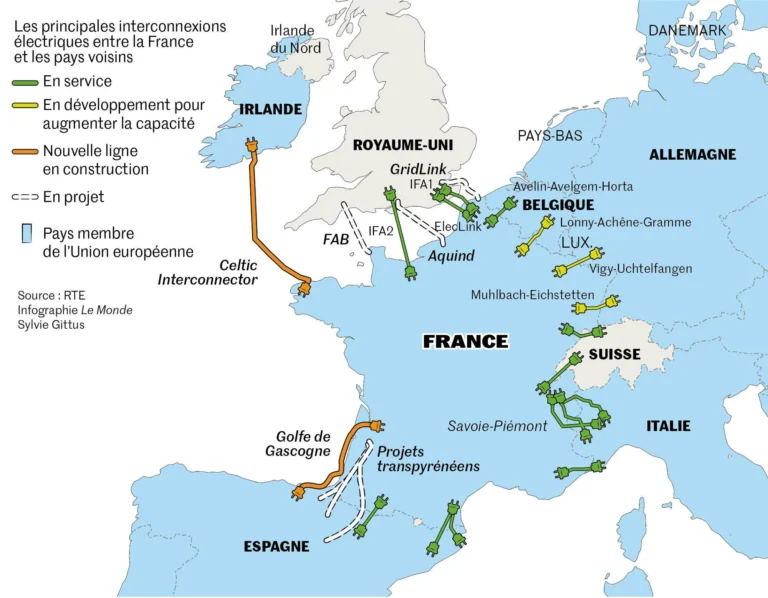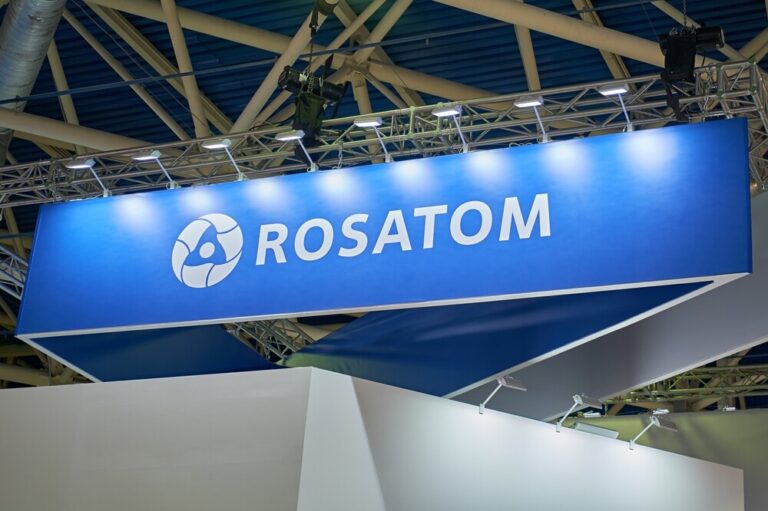
https://www.kznpp.org/en
The Kozloduy Nuclear Power Plant is the only nuclear power plant in Bulgaria and one of the most important pillars of the energy infrastructure in Southeastern Europe. It is located on the banks of the Danube River, near the town of Kozloduy, about 200 kilometers northwest of the capital Sofia and bordering Romania. Its strategic importance for the energy security of the country and the entire region is undeniable, as it produces approximately 35% of Bulgaria's total electricity.
Historical review
Construction of the Kozloduy Nuclear Power Plant began in 1969, when Bulgaria was under Soviet influence. The project was part of the then Soviet policy of developing nuclear power in the Eastern Bloc countries. The first reactor (Unit 1) was commissioned in 1974, and by 1982 a total of four VVER-440/V230 reactors had been commissioned.
Later, in the 1980s, two additional and more advanced VVER-1000/V320 reactors (Units 5 and 6) were added, significantly increasing the plant's production capacity. Thus, at the peak of its operation, Kozloduy had a total of six reactors with a total production capacity of approximately 3,760 MW.
European Union accession and its implications
Bulgaria's path towards EU membership brought significant changes to the operation of the Kozloduy nuclear power plant. The four oldest reactors (Units 1-4) were deemed by the EU to be non-compliant with European safety standards, despite having undergone extensive upgrades.
As a result and as a condition for the country's accession to the EU, Bulgaria was forced to:
- Terminate the operation of Units 1 and 2 in 2002
- Decommission Units 3 and 4 in 2006
This event caused strong reactions in Bulgarian society and politics, as the shutdown of the four reactors significantly reduced the country's energy self-sufficiency. Many Bulgarians considered this decision unfair, arguing that the reactors had been sufficiently upgraded to meet international safety standards.
Current situation
Currently, the Kozloduy nuclear power plant operates with two reactors (Units 5 and 6), which have a total capacity of 2,000 MW. These two reactors have been granted a license to extend their operation until 2047 and 2051 respectively, after extensive modernization and upgrading of safety systems.
The factory now has:
- Advanced monitoring and control systems
- Improved cooling and emergency management systems
- Enhanced physical protection of facilities
- Continuous monitoring by international organizations such as the International Atomic Energy Agency (IAEA)
Bulgaria has invested significant amounts to ensure the plant's high safety standards, while regular inspections by international bodies certify its compliance with international standards.
Economic and environmental importance
The Kozloduy nuclear power plant plays a crucial role in Bulgaria's economy and environmental policy. Specifically:
Economic benefits:
- It produces cheap electricity, helping to keep energy prices down for households and businesses
- It is a major employer in the region, employing approximately 3,000 workers.
- It contributes to the country's energy independence, reducing the need for energy imports
- Allows Bulgaria to export electricity to neighboring countries
Environmental benefits:
- Produces energy with low carbon emissions, contributing to tackling climate change
- Prevents the emission of approximately 15 million tons of CO2 per year, compared to equivalent energy production from fossil fuels
- Contributes to achieving Bulgaria's greenhouse gas emission reduction goals
Future plans and prospects
Bulgaria has expressed interest in further developing nuclear energy in the country. Future plans include:
- Construction of a new unit in Kozloduy: There are discussions about adding a seventh reactor to the existing plant, leveraging existing infrastructure and expertise.
- Life extension projects: Continuous upgrade work of existing units to ensure their long-term safe operation.
- Nuclear waste management: Investments in modern nuclear waste management and storage facilities.
- Research and innovation: Collaborations with international organizations and research institutions for the exploitation of new technologies in the nuclear energy sector.
Challenges and concerns
Despite its importance for Bulgaria's economy and energy policy, the Kozloduy nuclear power plant faces a number of challenges:
Public perception and safety:
- Concerns about nuclear safety remain high, particularly after the Fukushima accident in 2011.
- The geographical location of the factory on the Danube is creating cross-border concerns, with neighboring countries expressing concerns.
Technical and economic challenges:
- The cost of maintaining and upgrading the factory is significant
- Nuclear waste management remains a long-term challenge
- Competition from renewable energy sources that are becoming increasingly cost-effective
Relations with Greece and other neighboring countries
The Kozloduy nuclear power plant also affects Bulgaria's relations with neighboring states, including Greece. The geographical proximity and the potential cross-border impacts in the event of an accident have led to:
- Bilateral agreements for early warning and information exchange in the event of a nuclear incident
- Regular meetings between experts to monitor factory safety
- Joint research and cooperation programmes in the field of nuclear safety
- Transboundary radioactivity monitoring networks
Greece, which does not have nuclear power plants, has long expressed its interest in ensuring the highest safety standards at Kozloduy, actively participating in the control and monitoring mechanisms.
Conclusions
The Kozloduy Nuclear Power Plant is a cornerstone of Bulgaria's energy system and an important player in the energy policy of the entire Balkan region. Despite the challenges and controversies it has faced throughout its history, it continues to operate safely, contributing to the country's energy security and economic development.
Its future course will depend on many factors, including developments in the global energy market, environmental policies and technological advances in the nuclear energy sector. However, it is clear that for the foreseeable future, the plant will continue to play a central role in Bulgaria’s effort to ensure cheap, reliable and environmentally sustainable energy for its citizens and businesses.



